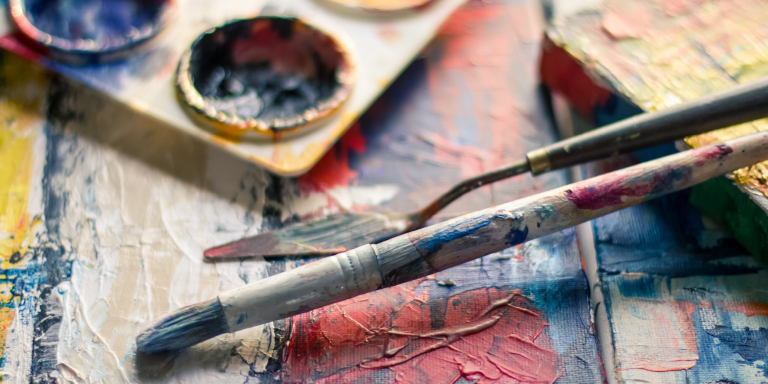
Researchers at Case Western Reserve University in Cleveland have developed a machine learning model to identify the author of a painting based on tiny brush mark details invisible to the naked eye and not controlled by the painter. They used data from mapping the surface of the painting that they analyzed with AI, this method could identify forgeries.
Counterfeiters can successfully deceive experts, and forgeries can even be found in museums. The CWRU team is not the first to use AI to analyze paintings, researchers at Rutgers University and the Paintings Restoration and Research Workshop (Netherlands) have also addressed the issue of forgery by studying the unique brushstroke of each painter. In 2017, they published a study in which they collected data on more than 80,000 individual strokes in 300 drawings by Pablo Picasso, Henri Matisse and Egon Schiele, and other artists, and reliably identified forgeries. However, the CWRU team said they believe their project is the first to combine three-dimensional surface topography of artworks with machine learning analysis.
A study requiring high precision
According to the researchers, whose study was published last November in the journal Heritage Science, the method could be used to identify forgeries by highlighting differences between the brushstrokes of the master and those of the forger, clues that reveal the size of the width of a brushstroke! For Kenneth Singer, a physics professor involved in the project, “such traces are indicators of the artist’s unintentional style. He states:
“I wouldn’t say it’s foolproof; I’m a scientist. But I would say it’s a powerful tool.”
Designing a controlled experiment to study the so-called painter’s hand
To authenticate an ancient painting, experts can rely on the physical condition of the painting, analyze the materials used, the technique and the style of the artist or artists, because in schools, several painters could collaborate on the same painting. They must also take into account accidents and repairs that have occurred over time. For this study, the researchers recruited nine painting students from the Cleveland Institute of Art, provided them with the same materials (paint, canvas) and tools (brushes), and asked them to paint the same subject, a photo of a water lily in triplicate. With the help of three art historians and a painting conservator, they selected the works of four artists based on their stylistic similarity and analyzed them.
A 96.1% accurate Machine Learning algorithm
McMaster, one of the researchers, came up with the idea of using a confocal chromatic profilometer (scanning device) to conduct these analyses. In order to simulate the workshop methods and produce sufficient training data, the team created virtual patches in each of the twelve paintings, three by each of the four artists. Surface height information for each painting was therefore collected using high resolution optical profilometry. Measurements were made over a 12 × 15 cm region centered around the subject of the painting, with a spatial resolution of 50 microns and a height repeatability of 200 nm. Since the brushstrokes and their associated features are on the scale of hundreds of microns, the data set was sufficient to develop a machine learning method for each painter. The ML prediction accuracy from height data is very satisfactory as it reached the overall score of 96.1%.
The team’s projects
The CWRU team used this new technology for the portrait of Cardinal Tavera, an early 17th century painting by El Greco that was restored after being cut into pieces during the Spanish Civil War. The results of the study that was to identify the restored parts are not yet known.
The Factum Foundation for Digital Technology in Conservation, Madrid, will enable the team to increase its analysis capacity with the contribution of its proprietary 3D scanner, which will allow the digitization of El Greco’s cruxifixion on display at the Cleveland Museum of ART with data smaller than one micron. A second, nearly identical version of the cruxifixion is in the Institute for Spanish and Hispanic Art in Bishop Auckland, England, to which the same process will be applied. By comparing the two paintings, the team hopes to demonstrate which parts were painted by El Greco, his son, Jorge Manuel, or the workshop’s disciples and which were restored.
The possibility of applying this technology to other objects (sculptures, fabrics, coins, etc.) is being considered.
Translated from Identifier les contrefaçons des œuvres d’art grâce à l’IA









